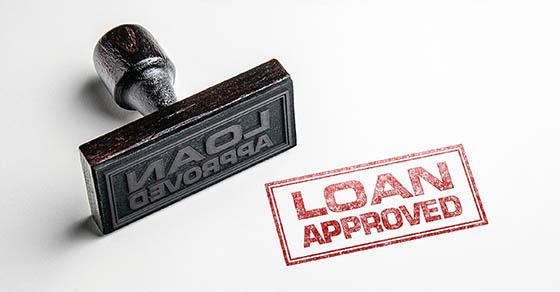How to get the financing your nonprofit needs

Relatively high interest rates and tight lending standards are making it difficult for even for-profit businesses to apply and qualify for bank loans. But not-for-profits, which may lack adequate collateral or steady cash flow, generally face a greater uphill battle when it comes to obtaining financing.
If you’ve ruled out finding a grant or launching a capital campaign to fund your expansion or cover the cost of a large project, one of the following financing options may work for you.
Traditional lenders and products
Bank financing generally comes in two basic forms:
1. Line of credit. This is a negotiated amount that you can draw against as needed. If your goal is to smooth out cash flows over the year, it’s usually the best option. A maximum amount is available to you, but you use only what you need. Required monthly payments may be limited to interest expense and principal payments can be made any time. So you have flexibility in how much you repay each month.
2. Term loan. Here, you receive a lump sum, usually for a specific purchase. The application process is usually more complicated, and approval typically takes more time. Repayment is in installments, which means you’d make equal monthly payments consisting of interest and principal throughout the entire loan term.
Bank lenders usually look at an applicant’s financial statements, cash-flow predictability, management and governance, collateral, and repayment plan. But even if your nonprofit is approved for a loan, the interest rate may be prohibitive. Banks almost always charge higher rates for what they perceive as higher risk loans.
Credit unions may be more likely than traditional banks to take a chance on nonprofits. Because they’re also nonprofit entities and don’t pay income tax, they may extend loans with lower interest rates.
Other possibilities
Although credit cards usually are much easier to obtain than a loan, avoid using them to finance any large amount you can’t repay quickly because the interest will add up fast. If your project is relatively small, a crowdfunding campaign through GoFundMe, Donorbox or a similar online platform, may be a less expensive way to go — particularly if you already have a large online following.
Also take a look at nonprofit loan funds — such as the Nonprofit Finance Fund or Propel Nonprofits — that specialize in servicing charities. They may offer a range of products (including lines of credit and emergency and mortgage loans) at low to no interest and favorable terms.
A tax-exempt bond issued by your municipality, county or state government is another possible option. Tax-exempt interest rates generally are two to three percentage points lower than on loans from other sources and the Internal Revenue Code generally allows nonprofits to use the proceeds of a bond issue to further their stated charitable purpose.
However, the process can be lengthy, complicated and expensive. Bond issues usually involve stringent financial disclosure requirements and tighter overall scrutiny. A line of credit or term loan can be approved in a matter of weeks, but bond financing can take six months to a year before funds are received.
Don’t despair
If none of these options seem viable, don’t despair. We can help your nonprofit by preparing financial documentation for lender scrutiny and suggesting the best possible approaches for obtaining the financing you need.
© 2023





